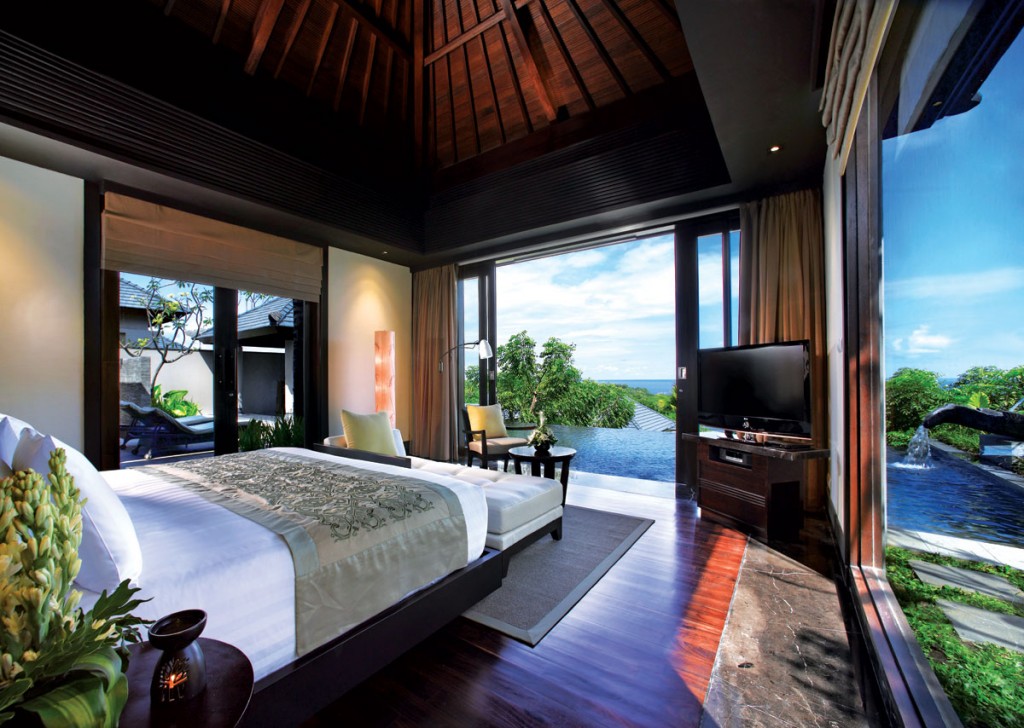Banyan Tree Hotels & Resorts’ guests take their luxury with a healthy dose of social responsibility.
Most companies are interested in producing a healthy P+L statement, not a transparent sustainability report. But since 2006, Banyan Tree Hotels & Resorts, with 20 properties in places like Thailand and the Maldives, has been doing just that. The company’s reports cover each resort and highlight resource conservation topics like green house gas emissions and energy consumption.
“It’s what we do, and we seek to be as transparent as possible to allow everyone to make their own judgment,” explains Claire Chiang, senior vice president of Banyan Tree Holdings and co-founder of Banyan Tree Hotels & Resorts.
In fact, everything about Banyan Tree begins with sustainability—from its resorts’ designs to the manner in which they’re run to the way they integrate the local community. “We look to use the most architecturally efficient materials within a reasonable investment cost,” Chiang says. “This is applied anywhere, from using the passive method on natural lighting and ventilation to the selection of building supplies. We plan and design resorts with minimum impact to the environment and great impact on a guest’s experience.” (Take Banyan Tree Ringha in China, where 32 lodges and suites were reconstructed, log by log, from decades-old Tibetan farmhouses, without the use of nails or other modern materials.)
Banyan Tree’s commitment to sustainability does not mean it comes at the expense of profits; the Banyan Tree product is not cheap. Consider Banyan Tree Samui in Thailand, where rates for a Deluxe Pool Villa begin around $900 per night. The Presidential Villa at Banyan Tree Seychelles commands a rate of around $4,700 per night.
“Banyan Tree’s definition of sustainability echoes the triple-bottom-line approach, whereby we seek social, environmental, and financial success simultaneously,” Chiang says. “We see sustainability as not being a zero-sum game between earning profits, promoting communal prosperity, and ecological conservation. The biggest obstacle is when we allow the time horizons associated with profitability to shrink such that the tail (short-term profits) is truly wagging the dog (long-term success).”
Currently, Banyan Tree properties are mostly situated in Asia, but there are two in Mexico. For the time being, Banyan Tree taking up a presence stateside is unlikely, but not out of the question, says Chiang.
Banyan Tree’s main goal is to continue operating and serving its brand of sustainable luxury. “Resorts are even more exposed to the three Ls of real estate: location, location, location,” says Chiang. “You can have the most beautiful location, but if you’re not conscientious about designing, building, and operating the resort, you’ll destroy the competitive advantage of that destination by destroying…the local ecosystem.”


